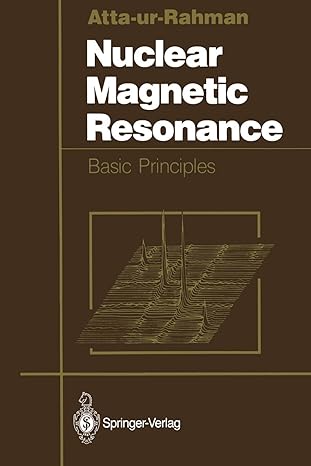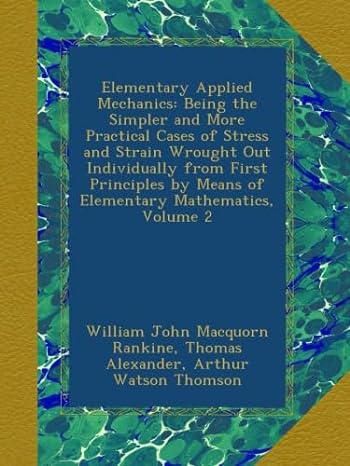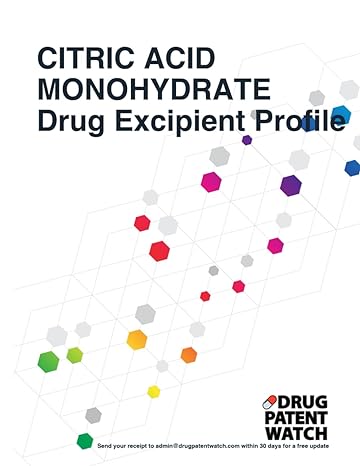Go back


Nuclear Magnetic Resonance Basic Principles(1st Edition)
Authors:
Atta-ur-rahman

Cover Type:Hardcover
Condition:Used
In Stock
Include with your book
Free shipping: April 06, 2024Popular items with books
Access to 3 Million+ solutions
Free ✝
Ask 10 Questions from expert
200,000+ Expert answers
✝ 7 days-trial
Total Price:
$0
List Price: $43.91
Savings: $43.91(100%)
Book details
ISBN: 1461293502, 978-1461293507
Book publisher: Springer
Get your hands on the best-selling book Nuclear Magnetic Resonance Basic Principles 1st Edition for free. Feed your curiosity and let your imagination soar with the best stories coming out to you without hefty price tags. Browse SolutionInn to discover a treasure trove of fiction and non-fiction books where every page leads the reader to an undiscovered world. Start your literary adventure right away and also enjoy free shipping of these complimentary books to your door.
Nuclear Magnetic Resonance Basic Principles 1st Edition Summary: Nuclear magnetic resonance spectroscopy is presently going through an explosive phase of development. This has been brought about largely on account of the advent of Fourier transform NMR spectrometers linked to powerful microcomputers which have opened up a whole new world for structural chemists and biochemists. This is exemplified by a host of publications, especially on new pulse sequences, which continue to provide new exciting modifications for recording two-dimensional NMR. Moreover, NMR is no longer confined to structural chemists but has moved firmly into the area of medicine as a powerful nondestructive body scanning technique. With this background, I felt that there was need for a text which would provide a fairly comprehensive account of the important features of 1 H- and 13C-NMR spectroscopy in one book, as well as make available an up-to-date account of recent developments of new pulse sequences, with particular reference to 2D-NMR spectroscopy. Since this book is written for students of chemistry and biochemistry as well as for biology students who have chemistry as a subsidiary, it was decided to avoid a complex mathematical treatment and to present, as far as possible without oversimplification, a qualitative account of 1 H- and 13C-NMR spectroscopy as it is today. I hope that the book satisfactorily meets these objectives.
Customers also bought these books
Frequently Bought Together
Top Reviews for Books
Request kn2qf0b
( 5 )
"Delivery was considerably fast, and the book I received was in a good condition."










